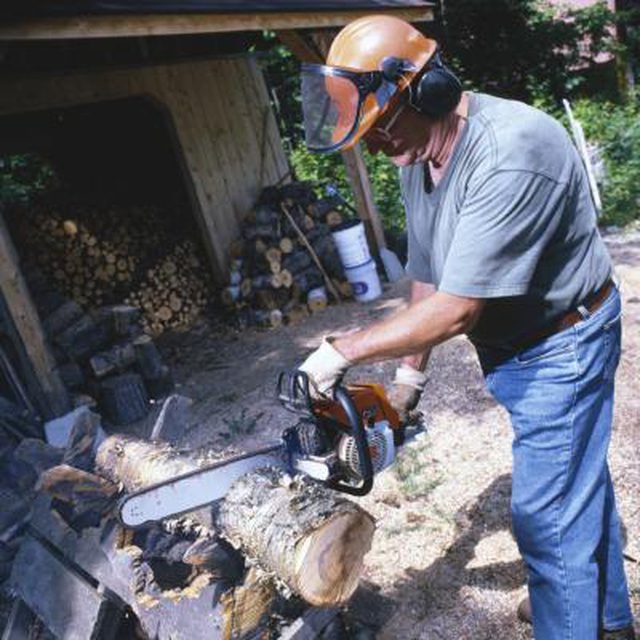Bulbs
Flower Basics
Flower Beds & Specialty Gardens
Flower Garden
Garden Furniture
Garden Gnomes
Garden Seeds
Garden Sheds
Garden Statues
Garden Tools & Supplies
Gardening Basics
Green & Organic
Groundcovers & Vines
Growing Annuals
Growing Basil
Growing Beans
Growing Berries
Growing Blueberries
Growing Cactus
Growing Corn
Growing Cotton
Growing Edibles
Growing Flowers
Growing Garlic
Growing Grapes
Growing Grass
Growing Herbs
Growing Jasmine
Growing Mint
Growing Mushrooms
Orchids
Growing Peanuts
Growing Perennials
Growing Plants
Growing Rosemary
Growing Roses
Growing Strawberries
Growing Sunflowers
Growing Thyme
Growing Tomatoes
Growing Tulips
Growing Vegetables
Herb Basics
Herb Garden
Indoor Growing
Landscaping Basics
Landscaping Patios
Landscaping Plants
Landscaping Shrubs
Landscaping Trees
Landscaping Walks & Pathways
Lawn Basics
Lawn Maintenance
Lawn Mowers
Lawn Ornaments
Lawn Planting
Lawn Tools
Outdoor Growing
Overall Landscape Planning
Pests, Weeds & Problems
Plant Basics
Rock Garden
Rose Garden
Shrubs
Soil
Specialty Gardens
Trees
Vegetable Garden
Yard Maintenance
How to Build a Log Jack
How to Build a Log Jack. A log jack is a manual log-handling tool that lifts a log off the ground so it can be split or crosscut without the tools striking the earth. The alternative to the log jack is hand lifting the log onto another log or sawhorse. If you are cutting firewood or splitting a lot of logs, manual log handling can be exhausting....

A log jack is a manual log-handling tool that lifts a log off the ground so it can be split or crosscut without the tools striking the earth. The alternative to the log jack is hand lifting the log onto another log or sawhorse. If you are cutting firewood or splitting a lot of logs, manual log handling can be exhausting. The solution is a log jack, a simply constructed tool, with a rotating C-clamp that grasps the log and a long-handled fulcrum that rotates the log onto itself while lifting it off the ground.
Things You'll Need
6-foot length of 2-inch steel pipe
2 feet of 1-by-1-inch tubular steel
3 feet of 1/8-by-1-inch bar steel
1/2-inch drill
9.5-amp reciprocating saw
1/4-by-1-inch machine bolts
1/4-by-2 1/2-inch machine bolts
1/4-inch wing nuts
140-amp stick welder
Pencil-flame torch
Steel vise
Small sledgehammer
Heavy steel file
Safety goggles
Cut and Drill the Components
Cut an 18-inch and a 12-inch length of square tubular steel with a reciprocating saw. Weld the 12-inch piece to the midpoint of the 18-inch piece, forming a "T" joint.
Cut two 12-inch and one 6-inch pieces of the bar stock steel. Mount them in a steel vise and drill a 1/4 inch hole in both ends of the 12-inch pieces, and in one end of the 6-inch piece. The holes should be centered and 1 inch from the end.
Cut a 2-inch piece of the bar stock steel, mount it in a vise and heat the end with the torch. Use a heavy steel file to form an arrowhead tip on one end of the piece.
Heat a spot 6 inches from the end of the steel pipe. When it gets red hot, lay it across the top of the vise and pound it slightly until it starts to kink to a 20-degree angle. Heat the very tip of that end of the pipe and pound it flat, producing a shovel-like end that will lay under the log as it is lifted. Reheat the end of the pipe and file the tip to a sharp edge.
Flatten the sides of the pipe slightly with a file at a point 10 inches from the worked end. Punch and drill a 1/4-inch hole through both sides of the pipe.
Build the Log Jack
Weld the end of the 12-inch long arm of the tubular steel assembly to the worked end of the pipe 8 inches from its end at a right angle. The sharpened end of the pipe should curve up when welded and sitting, with the 18-inch flange serving as the foot of the jack.
Bolt the ends of both 12-inch pieces of bar stock to either sides of the pipe with a single bolt. Bolt the other ends together above the pipe with the drilled end of the 6-inch piece between them, and tighten them with a wing nut. This will allow the claw angle of the jack to be adjusted for different-diameter logs.
Weld the 2-inch, sharpened spike to the other end of the 6-inch piece with the point facing down. This is the claw end that will be kicked into the log before its lifted.